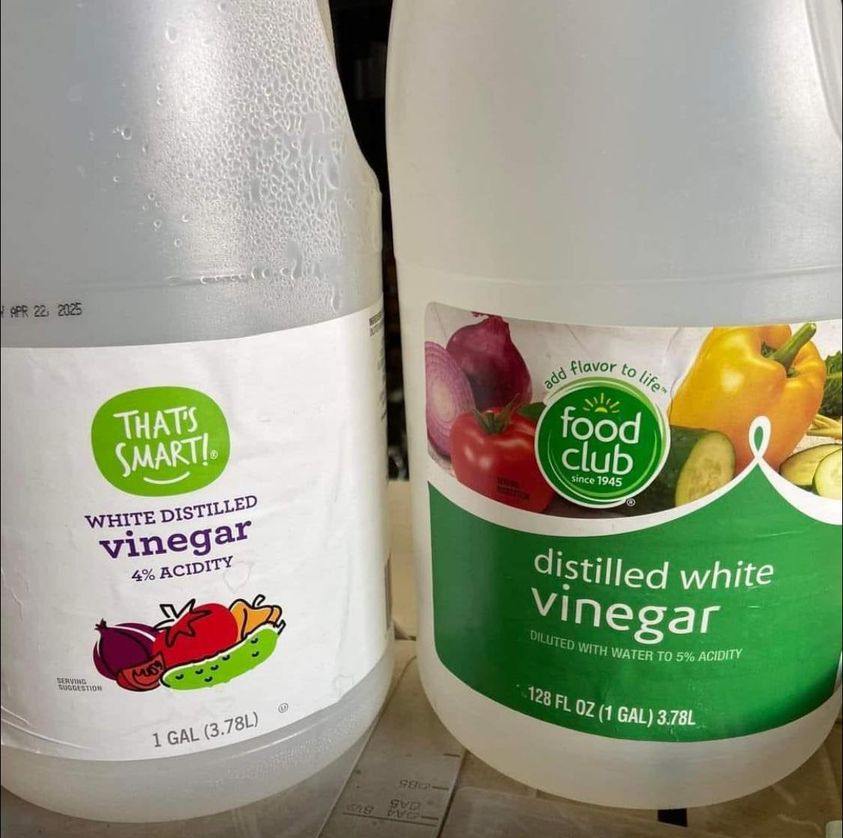🌿 Introduction: A Quiet Shift with Loud Consequences
In the quiet corners of our kitchens, where jars gleam with promise and brine whispers of summer’s bounty, a subtle change has crept onto the shelves—one that could unravel the safety of your pickled dreams. For generations, home canners have trusted the humble bottle of white distilled vinegar to preserve cucumbers, onions, peppers, and memories. But this year, something is different.
A growing number of vinegar brands are now offering 4% acidity instead of the standard 5%—a small numerical shift with major implications. That 1% difference can mean the line between shelf-stable safety and microbial risk. And unless you read the label carefully, you might be sealing jars that are destined not for your pantry, but for the compost bin.
🧪 Why Acidity Is Everything in Pickling
Acidity isn’t just a flavor enhancer—it’s a preservation powerhouse. The USDA and food safety experts have long emphasized that 5% acetic acid is the minimum required for safe water-bath canning of pickled vegetables. This level ensures that harmful bacteria, especially Clostridium botulinum, cannot survive in the sealed environment.
When vinegar drops to 4%, the pH balance shifts. The brine may taste similar, but it no longer guarantees the acidic environment needed to prevent spoilage or foodborne illness. And unlike spoilage you can smell or see, botulism is invisible—and deadly.

